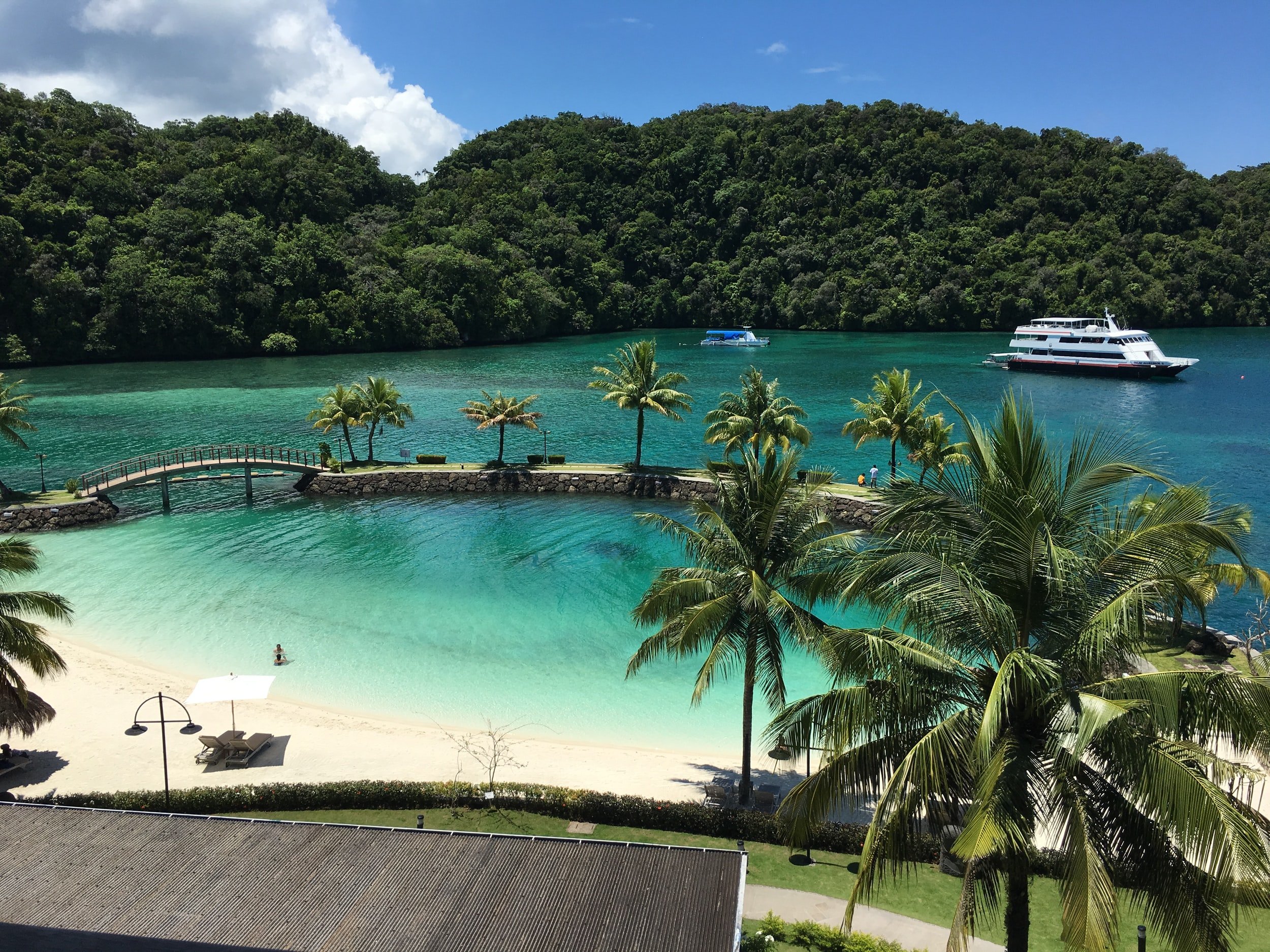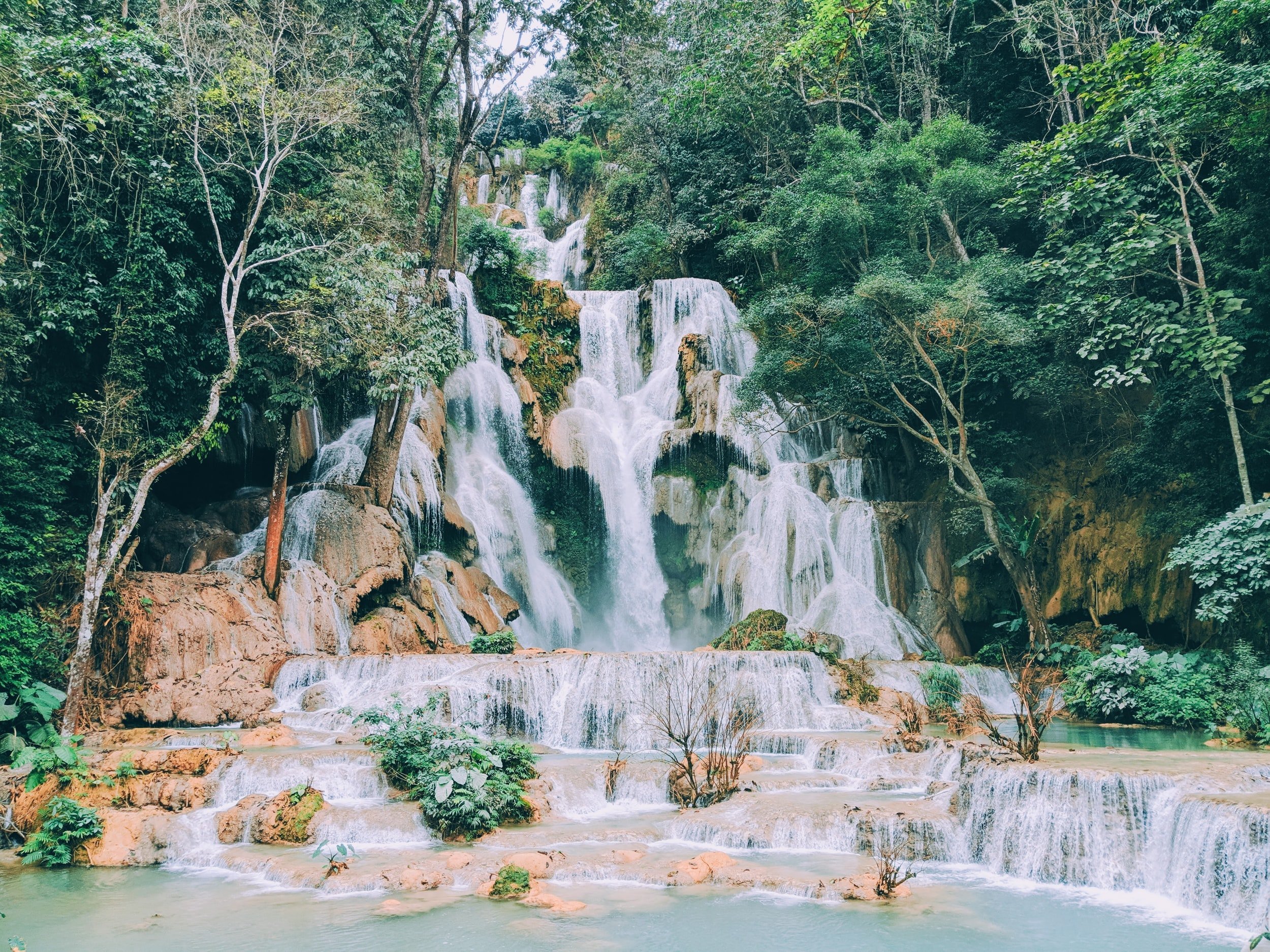10 FANTASTIC Destinations for Sustainable Travel
Nature gave us so much with regards to our planet. It's about time to wake up and start thinking of the consequences our actions leave on Earth. Sustainable traveling has become a thing. It's not a trend that will go by easily; it's here to stay! Why wouldn't you think smart and travel smart too? Our planet has an abundance of wonderful destinations that can help you with the decision of sustainable traveling.
Below is a list of 10 cities that are leading the charge for more responsible tourism and enacting sustainable habits throughout their economy - any of these would be a great place to consider spending your tourism dollars!
1. Bali
Bali is one of those places where you can completely get back in touch with nature. The Balinese culture turns to sustainability in every form, rather than up-to-date trends. Even though Bali has entered the modern age through the door of tourism, it's still a place where the jungle is simply a jungle. With 6 million tourists a year, keeping the three E's of sustainability can be tricky. If you're traveling to Bali, there are some things you can do to help. First, carry your own water bottle to reduce plastic litter. Water isn't safe for non-locals, but there's a boiled water dispense tank here and there. Bali's not a huge island, so walking is an option. If you must, use public transportation. The prices are surprisingly cheap. Copy what the locals do. Plastic bags and straws take a giant part in producing waste. Locals don't use them because they're officially forbidden.
2. Tulum
Balancing between tradition and modern drifts hasn't been easy for Tulum. This haven located south of Cancun looks like it's been lost in time. Fortunately, this spectacular coastline municipality grew into Mexico's first fully sustainable tourism zone. Responsibility shines through every pore. Local hotels and restaurants promote organic farming. Many accommodations were built from eco-materials. Energy sources are mostly nature-powered. The whole place is turned to getting the most out of what nature has given us. Stay green while visiting Tulum. Even some fun activities are sustainable. Take visiting animal rescue centers, for example. Who knows, maybe you'll even adopt a four-legged friend and help out the community in Tulum!
3. Slovenia
Slovenia, a small country bordering Croatia, Austria, Italy, and Hungary, was voted the most sustainable country back in 2016. It's capital, Ljubljana, was one of Europe's greenest cities. Slovenia plays on the green beat ever since 2007, when Ljubljana's center got transformed into a pedestrian zone. The cities pedestrian zones have jumped up to amazing 620%! Even public transport has gone green, using CNG as a source of power. It's easy for Slovenia to stay green with all those green fields, forests, and mountains. The country is a wildlife gem and one of the cleanest in the region all thanks to Slovenian people and their immense care for nature. Whether you hit the slopes on Slovenian Alps or go boat riding on the magnificent Lake Bled, there's always a way to keep nature protected.
4. Bhutan
Once isolated from the rest of the world, Bhutan is now a popular touristic destination for those who value sustainable tourism. Surrounded by the biggest mountain massive, the Himalayas, Bhutan has a unique approach to sustainability. In fact, the country fights hard to preserve its culture through modern approaches. The uniqueness of Bhutan is that each guest pays a daily fee when visiting the country. The fee depends on the season and varies from $200 to $250. The tariff covers almost your entire stay and gives 30% of the price back to the people of Bhutan and nature. The social impact in Bhutan is rather small, but life is quite fair to those involved in sustainability projects. Such a little country has such a rich history, beauty, and culture. Investing in innovative approaches to tourism. Bhutan is definitely going strong up the ladder of the finest nature protectors in tourism.
5. Sumatra
The best example of unfairness on this list has to be Sumatra. The island has everything you'd wish for a tropical getaway but still isn't popular among the tourists. This mistake has to be corrected, especially if you take in mind how hard the locals work to help the island. Sumatra is simply special for its rainforests. Unfortunately, exploiting the rainforests for palm oil or other wooden goods went over the top. Thankfully, the locals decided to fight back and cut down the systematized destruction. Ecotourism became a thing in Sumatra. Places like Green Hill or Rimba Ecolodge offer spectacular adventures in nature. The accommodation is completely eco-friendly, usually constructed from the bamboo or rattan. All you have to do is sit back, relax on one of the Sumatra's beaches, and respect the island.
6. Palau
There's hardly a place on the Earth that's so small, but still has such an amazing impact on nature. Palau is a small island in Pacific that's completely oriented to preserving marine life. Around 80% of the country's waters is a sanctuary for many species. Of course, tourists are still welcome, but their needs come second, after the wildlife. Every tourist has to pay a fee upon entering Palau. Besides, this is the island where you have to sign a special pledge, Palau Pledge, where you promise to be mindful of nature. In return, Palau offers you fun time at the Jellyfish Lake and crystal clear waters to swim in. The main goal of the island is to attract tourists who will take care of sustainability and spend a lot of money. Seems like the perfect strategy.
7. Berlin
When you think of Berlin, Germany, many things come to mind, but sustainability isn't one of them. Surprise, surprise; Berlin is a capital that cares about sustainable tourism. One-third of this largest city in Germany is covered in green surfaces. Berlin is the best example of how going green can be fun. From abandoned airports turned into green spaces to outdoor cooking and gardening classes, the city soothes your thirst for green fun. Change for good is happening on all levels in Berlin. This is one of the first cities in the world to include refugees and homeless people into tourism by letting them guide tourists through local neighborhoods. Another reason why Berlin is such a happy place for those of you who take care of nature is their zero-waste policy. Almost every segment of Berlin's society is shifted towards making less mess and giving leftovers a second chance.
8. Luang Prabang, Laos
Laos has turned its back to irresponsible partying and went down the stream of responsible tourism. Eco-development of the regions is a big thing and everyone tries to chip in and improve their living situation. Luang Prabang is the most responsible tourism destination in Southeast Asia. As a UNESCO World Heritage Site, Luang Prabang fights hard to cut down the use of plastics. Bottles and bags have been replaced with their eco substitutes. Even local farms and the production of organic fruits and vegetables have stepped up a notch. Cleaning up Laos is an important task in which even the tourists in organized groups take part. Little by little, Luang Prabang will become one of the greatest places in the world to enjoy eco-friendly tourism.
9. Costa Rica
Ever since military spending was redistributed to conservation, Costa Rica's been the place for reasonable tourism and a leader in environmental protection. The country is covered in the rainforest and the government forbids development on over 25% of the land. Thanks to this decision we now have the perfect destination for hiking, rafting, ziplining, and rainforest adventures. Almost the entire country's gone green. Even the electricity, 95% of it, comes from eco sources. What makes Costa Rica a great sustainable location is some projects designed to help the indigenous communities stand up. Bribiri women have their own tourism groups. Their artisan tours help to increase the quality of life and promote their culture.
10. Lost City, Colombia
Ancient archaeological sites have always been a magnet for trek-loving tourists. The Lost City in Colombia is a treasure among them. A visit to a city older than Machu Picchu requires a long walk guided by a tour guide. This is where sustainability in Colombia kicks in. Tours to Lost City are usually guided by members of indigenous people, Wiwa and Kogi. This way you get the chance to feel their lifestyle and give back to their community. Investing in tourism tours completely dedicated to indigenous communities is the peak of sustainability in Colombia.
Bonus!
11. Chile
Nature as preserved as in Chile is a rarity. Seventeen National Parks stretch all across the country. Thanks to the Chilean Government and the late investor Doug Tompkins, many wildlife creatures like puma and nandu have come back to their natural habitats. Rewilding nature is an important step in keeping sustainable tourism at a high level. Tourists from all over the world chose Chile as their perfect hiking destination. However, there's more to responsible tourism in Chile than just the preservation of nature. Cultural tourism stands head to head with preservation and threats to become even bigger. Tribes like the Mapuche or Llaguepulli will welcome you to their daily life, show cooking, and gardening the way they do it and take money in return. Yes, all the money tourists give for these activities stays in the community and helps its improvement. Here's another bravo for Chile's responsible decisions!
If you enjoyed this post, please consider sharing!! xo












